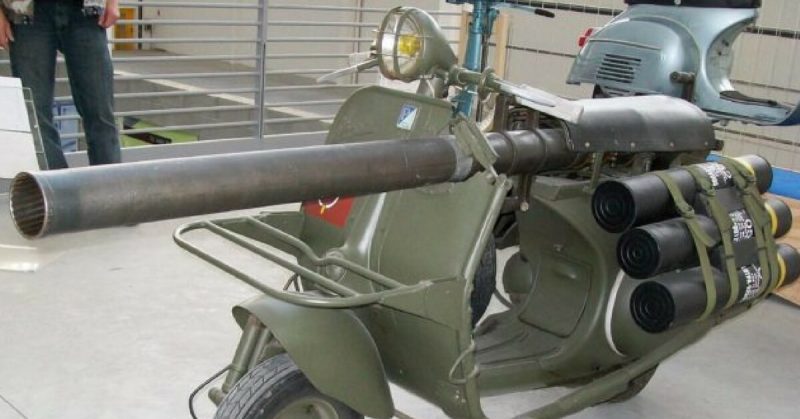Military technology has a history of experimenting with novel approaches to the development of new methods of attack and defense. Some experiments are driven by necessity; others simply by speculation. Occasionally equipment from civilian life can be adapted to play a role in warfare and vice versa. Here are five examples of military ingenuity. Inevitably some have been more successful than others.
Big Dog
Big Dog was the brainchild of Professor Martin Butler, formerly Head of Robotics at McGill University. It was developed in the labs at NASA. Standing two and a half feet tall and almost three feet long Big Dog is more like a mule in size.
The robot’s value in the military arena is its ability to cross difficult terrain while carrying loads of up to 340 pounds. It can deal with slopes of around 35 degrees without losing stability and is most useful in areas where wheeled vehicles would not be suitable. It functions as a pack horse to spare infantry soldiers having to carry heavy loads.
Each of its four legs is fitted with hydraulic cylinder actuators. Movement is controlled by sophisticated computers which respond to feedback from sensors installed on the robot. This allows the computer to make the necessary adjustments to ensure maximum effectiveness.
The Ball tank
Inspiration can come from anywhere; perhaps from hamsters. The tireless churning of the hamster wheel could seem like such a waste of energy. What if all that energy was used to propel something forwards instead of going round and round. This was how the Ball Tank was invented.
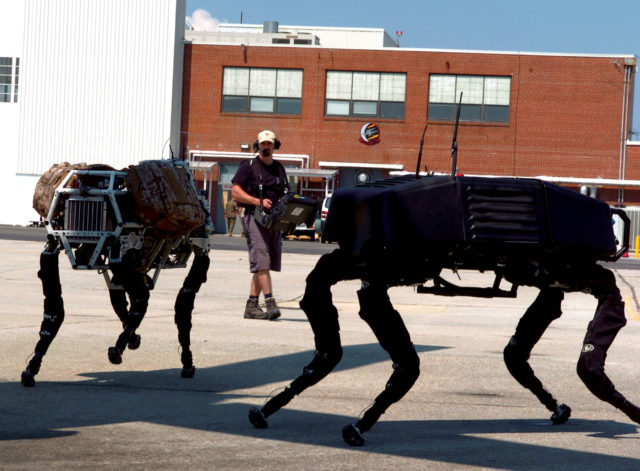
The Kugelpanzer, which means Ball Tank in German, was one of the most mysterious inventions of the Second World War. It was designed as a light reconnaissance armored fighting vehicle. Few were produced, and little is known for sure about how they worked and how effective they were.
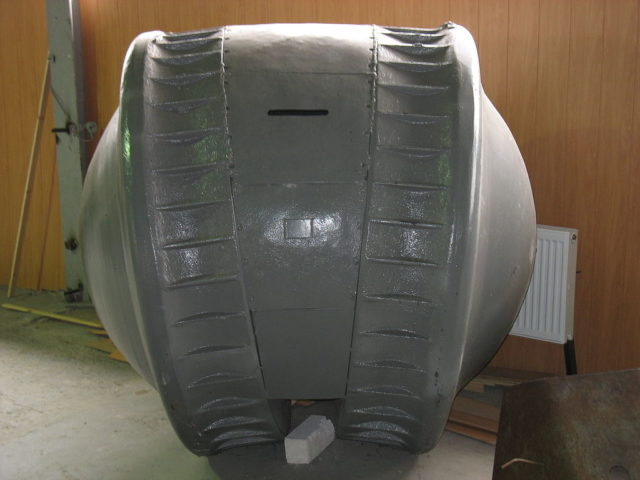
The idea seemed to work on the same basic principle as the hamster wheel; being propelled by the movement of the wheel which was powered by a sole occupant. They probably had a machine gun attached and would have provided protection and shelter in the event of an attack.
The only example currently in existence is a model captured by the Soviet Army in Manchuria in 1945. It shows little sign of damage suggesting it was not used extensively in battle.
The Scooter gun
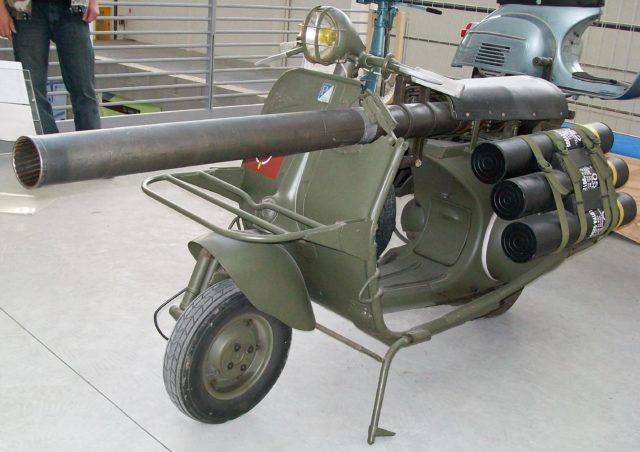
It is well known how much the Europeans love their scooters. The iconic Vespa can be seen scooting around traffic in the streets of Milan or Paris. It is not surprising then how someone, looking for a fast, flexible, easy to transport military vehicle came up with the idea of attaching a gun to the front of a scooter. The name “Vespa” means wasp in Italian and this one now had a deadly sting.
The military version – the Vespa 150 TAP -was made in France under license from the Vespa Motorcycle Company, making its first appearance in 1956. It was designed for use by the Troupes Aero Portees carrying a lightweight 75cm anti-cannon gun. It could be parachuted into a location with a two-man team making it a very versatile piece of equipment. It was also relatively cheap as the components were already in production.
The Rocket Belt
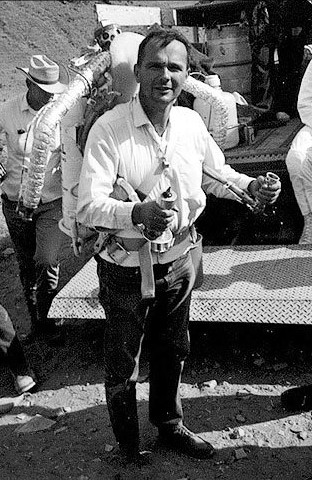
Although the idea of flying around attached to our personal jet packs may have figured heavily in our childhood vision of the future, sadly it has not become a reality. The closest was the Rocket Belt developed for the US military.
The first designs by Bell Aeronautical in the 1950s were not a success. Rather than allowing the user to fly through the air, it provided only a powerful extended leap. It required five gallons of fuel in the form of hydrogen peroxide to complete its 21-second flight. Not surprisingly the idea was shelved for several decades.
Improvements in technology allowed the idea to be revisited in the 1990’s. That design was propelled by superheated water vapor created in a nitrogen gas cylinder. Another refinement was the pilot had hand controls for steering made possible by the use of well-insulated material to protect from burns. Despite these advancements, the rocket belt’s usefulness was limited, and it has never been produced or used on a large scale.
People nowadays wade through their overflowing inboxes and send messages to friends around the world as a way of life. It is interesting to remember email has its origins in the US defense program of the 1950’s and 60’s. The Cold War was becoming more and more a battle of technology, especially when the Soviet Union launched its Sputnik satellite in 1957.
America’s response was to invest in research to develop its own advanced communications technology. In 1963 the Advanced Research Projects Agency Network ARPANET was established.
One of its projects was to look at ways to send and receive information quickly and securely using the relatively new computer technology. People working with computers would share information with large mainframe computer systems. These were then networked to small individual computers – the forerunners of modern PCs. Technology continued to develop enabling computers also to send information to ones outside their own network.
At first, email addresses were military, but over time the value of this new technology for civilian society became obvious.
It was necessary to find a standard way in which to identify the computer sending and receiving messages. In 1972 inventor Ray Tomlinson who was working for ARPANET suggested using the more or less obsolete @ symbol to determine the specific computer. The formula he used – “name of person”@ “name of computer” is still in use today.
